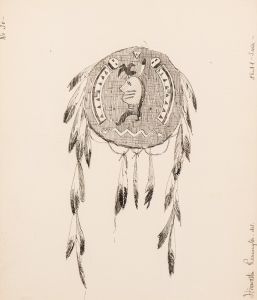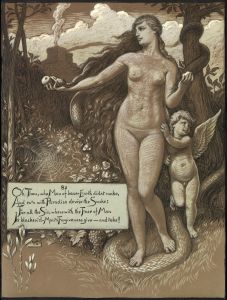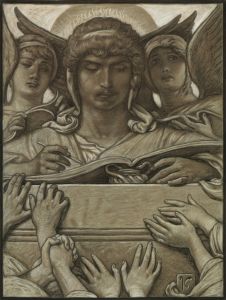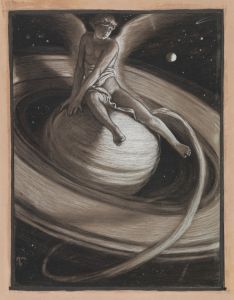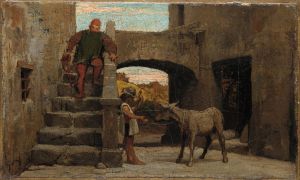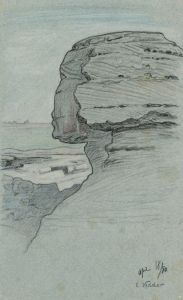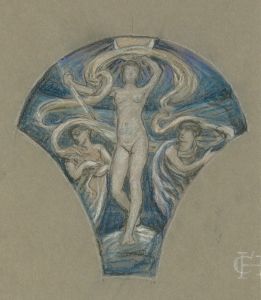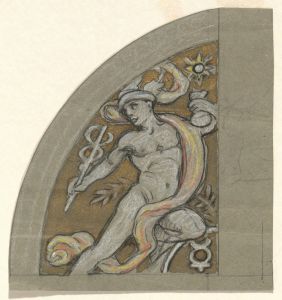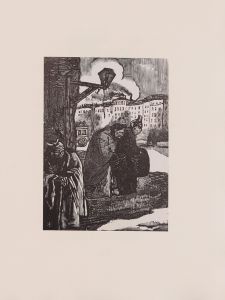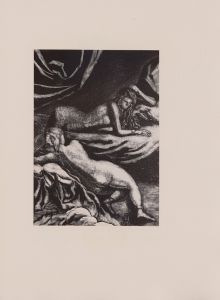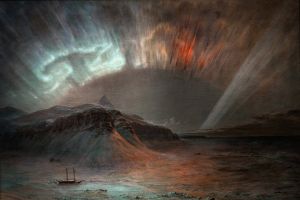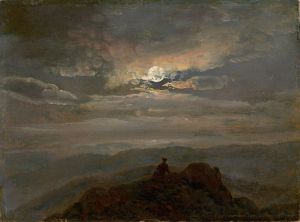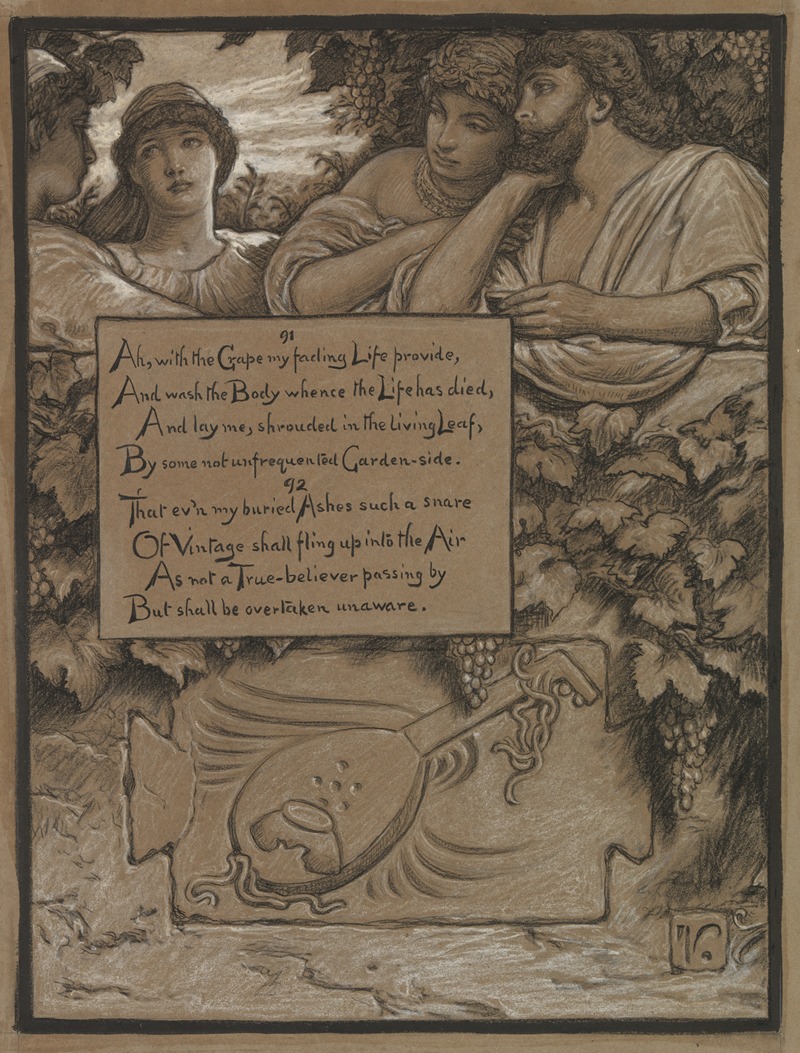
Omar’s Tomb
A hand-painted replica of Elihu Vedder’s masterpiece Omar’s Tomb, meticulously crafted by professional artists to capture the true essence of the original. Each piece is created with museum-quality canvas and rare mineral pigments, carefully painted by experienced artists with delicate brushstrokes and rich, layered colors to perfectly recreate the texture of the original artwork. Unlike machine-printed reproductions, this hand-painted version brings the painting to life, infused with the artist’s emotions and skill in every stroke. Whether for personal collection or home decoration, it instantly elevates the artistic atmosphere of any space.
Elihu Vedder was an American symbolist painter, born on February 26, 1836, in New York City. He is best known for his allegorical works and his illustrations for the Rubáiyát of Omar Khayyám, a collection of quatrains attributed to the Persian mathematician and astronomer Omar Khayyám. Vedder's work is characterized by its mystical and dreamlike qualities, often exploring themes of life, death, and the passage of time.
"Omar’s Tomb" is one of Vedder's notable paintings, created in the late 19th century. This artwork reflects Vedder's fascination with the Rubáiyát and his broader interest in Eastern philosophies and aesthetics. The painting is an imaginative depiction of the tomb of Omar Khayyám, capturing the spirit of the poet's meditations on life and mortality.
The composition of "Omar’s Tomb" is marked by its symbolic and atmospheric elements. Vedder employs a muted color palette, with shades of browns, grays, and greens, to evoke a sense of mystery and timelessness. The tomb itself is often portrayed as an ancient, weathered structure, surrounded by a desolate landscape that suggests both isolation and eternity. This setting reflects the themes of the Rubáiyát, which frequently contemplates the transient nature of human existence and the enduring qualities of the natural world.
Vedder's style in "Omar’s Tomb" is emblematic of the symbolist movement, which sought to express ideas and emotions through symbolic imagery rather than direct representation. The painting invites viewers to ponder the deeper meanings behind the visual elements, encouraging an introspective experience. The use of light and shadow in the artwork further enhances its enigmatic quality, drawing attention to the contrasts between life and death, presence and absence.
Elihu Vedder's engagement with the Rubáiyát of Omar Khayyám was not limited to painting; he also produced a series of illustrations for the book, published in 1884. These illustrations, like "Omar’s Tomb," are celebrated for their intricate detail and their ability to capture the philosophical essence of Khayyám's verses. Vedder's work on the Rubáiyát helped to popularize the text in the English-speaking world and cemented his reputation as a leading figure in the symbolist art movement.
"Omar’s Tomb" remains an important piece within Vedder's oeuvre, exemplifying his skill in merging literary inspiration with visual art. The painting continues to be appreciated for its evocative portrayal of themes that resonate with universal human concerns, such as the search for meaning and the contemplation of mortality. Through his work, Vedder invites viewers to explore the intersection of art, literature, and philosophy, offering a window into the rich cultural exchange between the West and the East during the 19th century.





